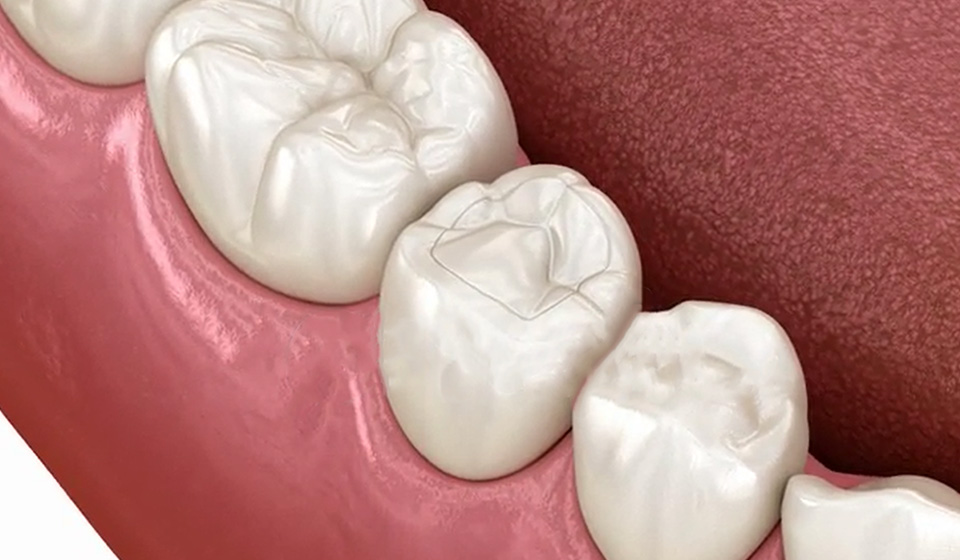Dental fillings have undergone significant material and implantation technique evolution throughout the years. Natural-looking Houston Composite Fillings blend in with the surrounding tooth’s color and structure and are now the most popular choice. Continue reading to find out why tooth-colored fillings have so many benefits over outdated silver amalgam fillings.
What are Composite Fillings?
Modern tooth-colored or composite fillings, in contrast to metal amalgam fillings of the past, are made of strong plastic resin compounds. These incorporate finely ground ceramic-like particles to replicate the structure and function of natural teeth.
Benefits of Composite Fillings
Aesthetic Appeal: Resin-based composite materials are blended to match the surrounding tooth color and tint, so when you smile, the dark, ugly “silver” fillings are hidden.
Affordable: Although prices differ between practitioners, it indicates that composite fillings only cost 10–30% more than amalgam. For many, the small additional expense is justified given the visual impact.
Fast Placement: Resin fillings bonded directly into the tooth preparation solidify in a matter of seconds when activated by a curing light. The average appointment lasts only thirty minutes.
Safe Material: Bonded composite resins provide a reduced long-term risk of temperature sensitivity or cracks in neighboring teeth, in contrast to metals that expand and contract with time, stressing tooth structure.
Long Lasting: Houston Composite fillings typically last 7 to 10 years on average when placed correctly. Composites may even far surpass early expectations with proper dental care.
The Process of Getting a Dental Filling
Administer painless needle-free anesthesia: Making sure the tooth and surrounding area are pain-free throughout treatment is the first step in the filling operation. Most dentists now employ a topical numbing gel that is administered directly to the afflicted area and takes effect fast. This non-needle anesthetic effectively numbs nerves under the surface by penetrating the tiny tubules within dental enamel.
Remove decay: After the patient is completely unconscious, the dentist gently removes only the affected dentin and enamel using a tiny dental drill with a smooth bit to reach the decaying inner tooth structure.
Place filling material: After the decay is removed, a newly hollowed chamber is left behind, which gives room to replace the decay with new filling material. Dentists paint tiny layers of resin on top of one another to fill in the hollow area in today’s widely utilized tooth-colored composite resin fillings.
Refine shape: To perfectly blend the filling with the surrounding natural tooth anatomy, the cured resin must be skillfully sculpted and polished in the final step. For maximum comfort, excellent bonding between inner tooth surfaces and composite resin fillings eliminates edges. The final polish and shaping are perfected to resemble the original enamel’s sheen and smoothness.
Does the cavity-filling procedure hurt?
Although each person has a different threshold for pain, most dental filling patients experience little to no discomfort because of the use of sophisticated numbing agents. Any sensitivity felt is usually very slight and transient. Composite resin dental fillings can be inserted easily and painlessly by first numbing the tooth.
Conclusion
In comparison to conventional amalgam fillings, resin fillings preserve more of the native tooth structure. They are also more aesthetically pleasing and easy for dentists to place. The future risk of cracks in teeth that are susceptible to damage is also decreased by their bonded qualities and tolerance to temperature fluctuations. Patients adore the safe, long-lasting, and visually pleasing filling results that tooth-colored composite resin provides for reasonably priced, less intrusive smile repairs. Contact Unident Family Dentistry in Houston, TX, for more information.






